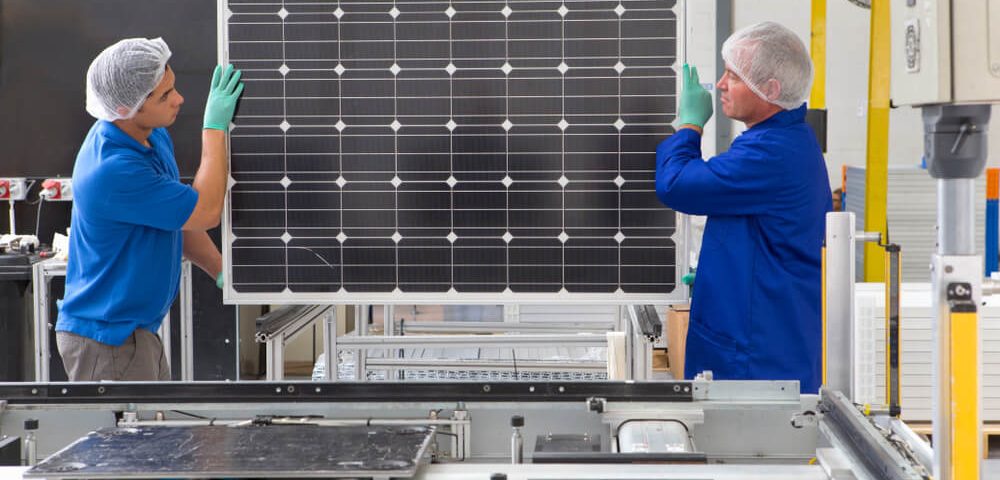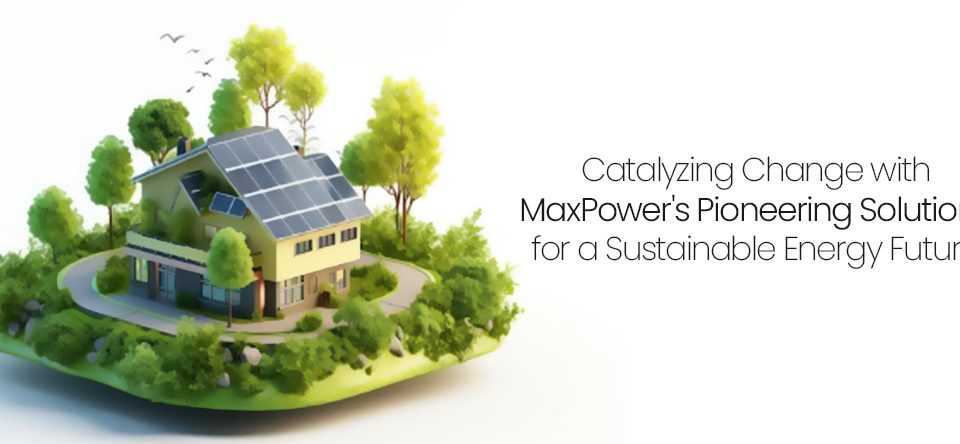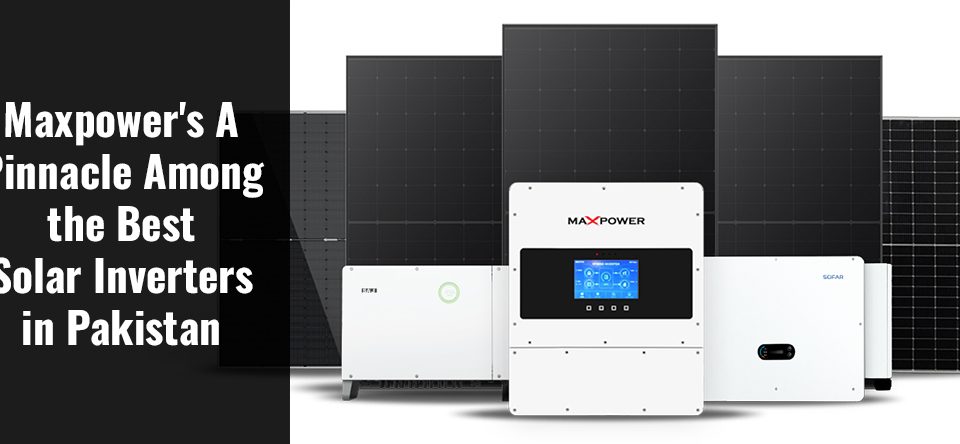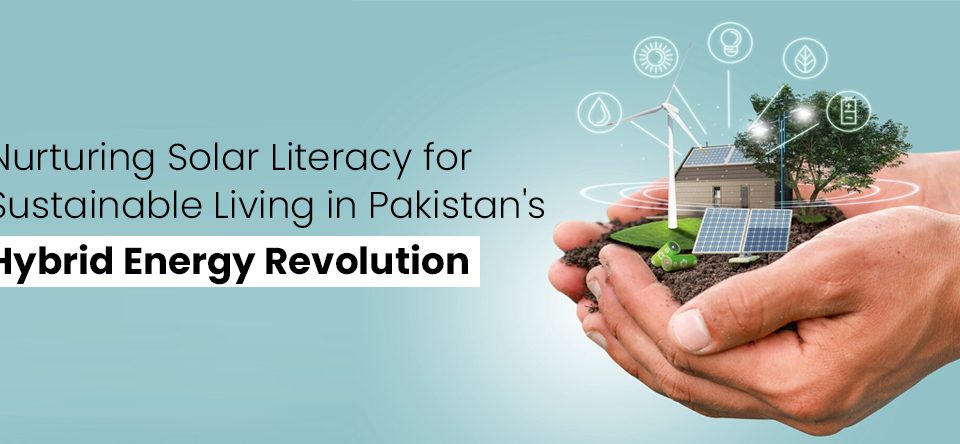
9 Important Factors To Buy the Best Solar System for Home
April 9, 2022
8 Things About Solar System That You Must Consider Before Buying Them
March 8, 2022In the last two decades, the contribution of solar energy to the world’s total energy supply has grown significantly. Here, we have explained the complete working of article will provide you with the complete guide on how the solar cell or photovoltaic (PV) cell produces electricity.
Photovoltaic Cell (PV)—A Fundamental Unit of Solar Panel
A photovoltaic cell is the basic and fundamental element of the solar panel—it is the most micro unit that converts the sunlight into electrical energy. Thus, in order to understand the fundamental of the whole system, figuring the working of fundamental unit is essential.
The PV cell is composed of semiconductor material which means that it can conduct the electricity better than an insulator but less than a conductor. The sunlight is reflected, passed through or absorbed in the PV cell. Exposing a PV cell to sunlight lets it generate the electricity/power to run your home or any electric grid.
The more a solar/PV cell is exposed to sunlight, the more electrical power it generates. That’s how we calculate the efficiency of the solar cell. The electricity produced is obviously dependent on different factors such as wavelength and intensity of the coming sunlight.
The use of semiconductor in the solar cell gives it a major benefit such as bandgap. The wavelength of the sunlight or light coming from any source is compared with the bandgap of the semiconductor, and if it matches perfectly then the PV cell is able to produce electricity efficiently with the available energy.
How Photovoltaic (PV) Effect Takes Place?
Energy from the sun is the most abundant and absolutely freely available energy on planet earth. In order to utilize this energy, we need help from the second most abundant element on earth, sand. The sand has to be converted to 99.99% pure silicon crystals to use in solar cells. To achieve this, the sand has to go through a complex purification process. The raw silicon gets converted into a gaseous silicon compound form. This is then mixed with hydrogen to get highly purified polycrystalline silicon.
These silicon ingots are reshaped, and converted into very thin slices called silicon wafers. The silicon wafer is the heart of a photovoltaic cell. When we analyze the structure of the silicon atoms, they can be seen bonded together. The electrons in the silicon structure have no freedom of movement.
How PN-Junction in PV Cell Creates Electricity?
Here, we can narrate a procedure where we can make a highly simplified solar cell. When light strikes them, the electrons will gain photon energy and will be free to move. However, this movement of the electrons is random. It does not result in any current through the load. To make the electron flow unidirectional a driving force is needed.
How driving force in a PN Junction of PV Cell is Generated?
An easy and practical way to produce the driving force is a PN junction. Let’s have a look here;
- When the light strikes the PN junction, the N region of the PV cell and it penetrates and reaches up to the depletion region. This photon energy is sufficient to generate electron hole pairs in the depletion region.
- The electric field in the depletion region drives the electrons and holes out of the depletion region. Here, we observe that the concentration of electrons in the N region and holes in the P region become so high that a potential difference will develop between them.
- So, as any load is connected between these regions, electrons will start flowing through the load.
- The electrons will recombine with the holes in the P region after completing their path. In this way a solar cell continuously gives the direct current.
In a practical solar cell, you can see that the top N layer is very thin and heavily doped. Whereas the P layer is thick and lightly doped. This is to increase the performance of the cell. Hence, the depletion region also becomes thick. Therefore, the light striking the electron hole pair is generated in a wider area. This results in more current generation by the PV cell. The basic advantage of this top thin layer in the solar cell is to let more light energy reach the depletion region.
See Also: What are the Different Types of Solar Panels?—A Complete Guide
Structure of a Solar/PV Cell
Now let’s analyze the structure of a solar or PV cell.
A solar panel has different layers. One of them is a layer of cells. You will be amazed to see how these PV cells are interconnected. After passing through the fingers the electrons get collected in busbars. The top negative side of this cell is connected to the back side of the next cell through copper strips. Here, it forms a series connection. When you connect these series connected cells parallel to another cell series you get the solar panel.
A single PV cell produces only around 0.5 voltage. The combination of series and parallel connection of the cells increase the current and voltage values to a usable range. The layer of EVA sheeting on both sides of the cell is to protect them from shocks, vibrations, humidity and dirt.
Different Types of Semiconductor Materials
There are different semiconductors available which can be used in the structure of the solar cell. Such as:
- Concentration Photovoltaics
- Multi-junction Photovoltaics
- Quantum Dots
- Organic Photovoltaics
- Perovskite Photovoltaics
- Thin-film Photovoltaics
- Silicon
Their usage increases or decreases the efficiency of the cell. Let’s get into the details of some of them.
1. Thin-Film Cells
200 microns of the silicon wafers can be replaced with the semiconductor material in thin layers. These layers are only a few microns thick such as plastic or glass. The substitute substances are cadmium telluride and copper indium gallium selenide because the efficiency of these materials is kind of close to the silicon material which is 22.1% and 22.3% respectively.
Another substance named Amorphous can also be used to make thin films. This technology is widely used to make batteries for calculators.
2. Organic Cells
The organic molecules or polymers are utilized in organic cells. Their efficiency is kind of low because of the outdated technology but these are cost-effective.
3. Perovskites
The hybrid combination of the organic and inorganic compounds has led the researchers to talk about this new technology called perovskites. Its recorded laboratory efficiency is 23.7% and has reached the noticeable line.
However, the mass production of these cells has not started yet but still this cell has many advantages over other mentioned technologies. Such as this can be mixed with ink and it is flexible and lightweight as well. It can be applied to large surfaces. And these are found to be cost effective in the production.
4. Quantum Dots
Quantum dots are only a few nanometers wide and they conduct the electricity with these materials. It is really a unique technology till date which is used to process the semiconductor materials. Its efficiency is yet to be discussed because the electrical connection is difficult to create in this technology. However, their consumption and usage in the solar cell is easy.
They are deposited on the substrate using a spray, printer or spin-coat method. They have several sizes available in the market and come with customizable bandgap as well. Therefore, they are able to capture the difficult wavelength light. This technology can be paired with others as well such as perovskites so the efficiency can be increased and the performance can be optimized.
See Also: 11 Mistakes to Avoid While Installing the Solar Panel System
Different Appearances of the Solar Panel
There are different appearances of the solar panel available in the market. This is because of the difference in the internal crystalline lattice structure.
In Polycrystalline Solar Panels, multi crystals are randomly oriented. If the chemical process of silicon crystals is taken one step further, these polycrystalline cells will become Monocrystalline Cells. Even though the principles of operation of both are the same, mono crystalline cells offer higher electrical conductivity. However, mono crystalline cells are costlier and thus not widely used.
Even though running costs of PV cells are negligible, the total global energy contribution of solar voltaic is only 1.3 percent. This is mainly because of the capital costs and the efficiency constraints of solar voltaic panels, which do not match conventional energy options.
Applications of Photovoltaic Cells
The photovoltaic cells come in different sizes and natures which depend on the material used to manufacture them. Because of the variant sizes, they are used in different appliances such as the smallest solar power systems are used in;
- Calculators
- Wristwatches
The large solar cells are used in;
- Pump waters
- Communication equipment
- Supplying electricity to various places
The PV cells can be used in the place where the electricity is not supplied so the solar energy can be used to produce the electricity and power the electrical grids. Their stacks are installed easily and sizes are customizable. They are made inside the structure so they are kept safe from the environmental.
Final Verdict
Solar panels on the roofs of homes have the option to store electricity with the help of batteries and solar charge constraints. However, in the case of a solar power plant the massive amount of storage required is not possible. So generally, they are connected to the electrical grid system in the same way that other conventional power plant outputs are connected. With the help of power inverters, DC is converted to AC and fed to the grid.




